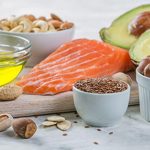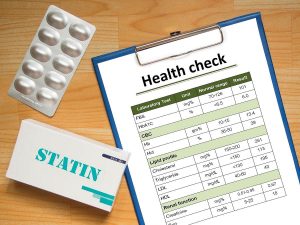
A good night’s sleep is often hampered by caffeine, hunger, alcohol or chronic pain. Now, America has a new cause of poor sleep: the sound of gunfire on city streets. New research shows that gunshots are twice as likely to occur at night, mostly affecting the sleep of people in low-income neighborhoods. In fact, nearly three out of four gunshots (72%) occur at night in major U.S. cities, mostly on Saturday and Sunday, researchers found. “A nighttime gunshot likely disrupts the sleep of nearby community residents due to the sheer sound of the shot, which is then followed by a cacophony of sirens from police vehicles and ambulances,” said researcher Rebecca Robbins, an assistant professor of sleep medicine at Brigham and Women’s Hospital in Boston. For the study, researchers analyzed more than 72,000 records on the time and location of gunshots in six major cities around the United States, including Baltimore, Boston, New York, Philadelphia, Portland, Ore., and Washington, D.C., between 2015 and 2021. The team tracked how many gunshots occurred during the day versus at night, and then created maps to show which neighborhoods are most plagued by nighttime gunfire. They also estimated the number of people who lived near a location where gunshots occurred. As many as 12.5 million nights of sleep were ruined by gunfire across the six cities, given the number… read on > read on >





































-300x200.jpg)